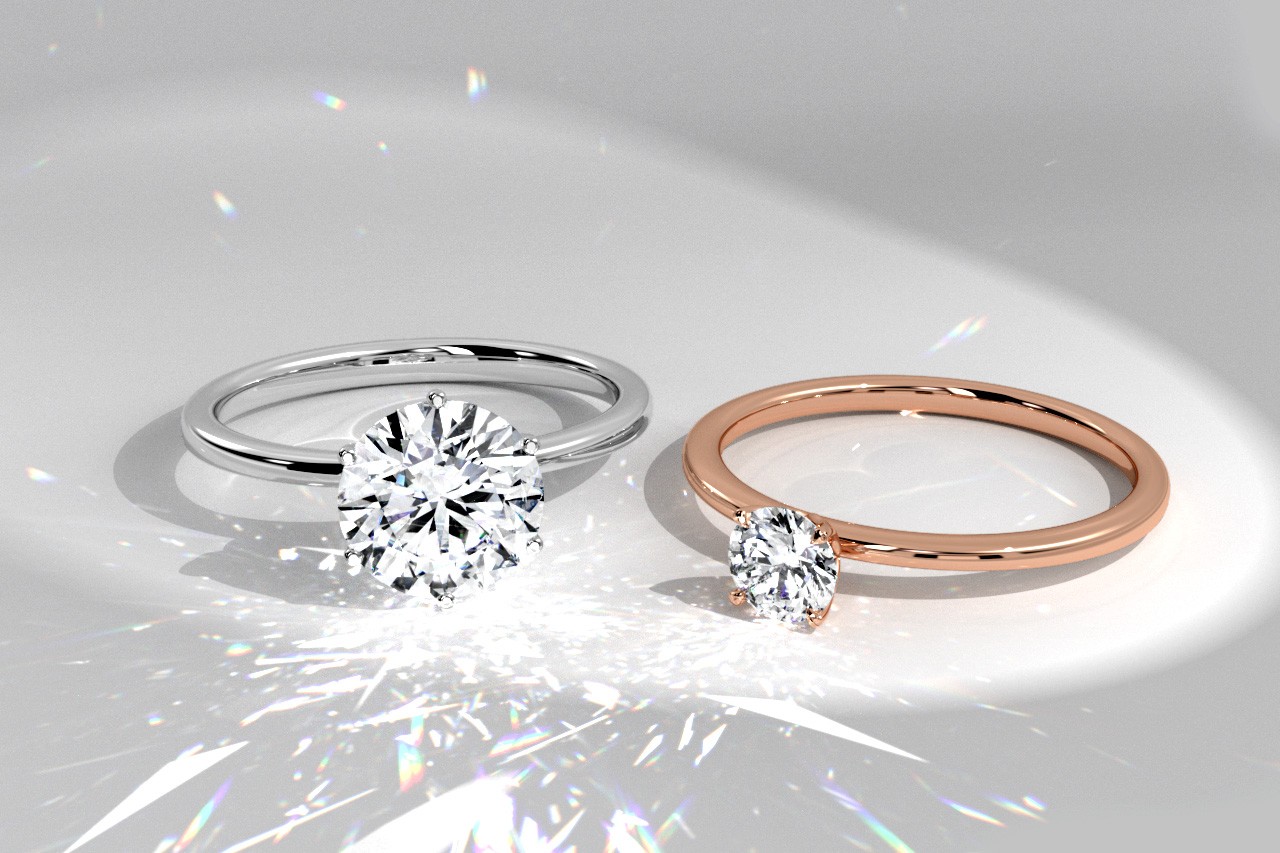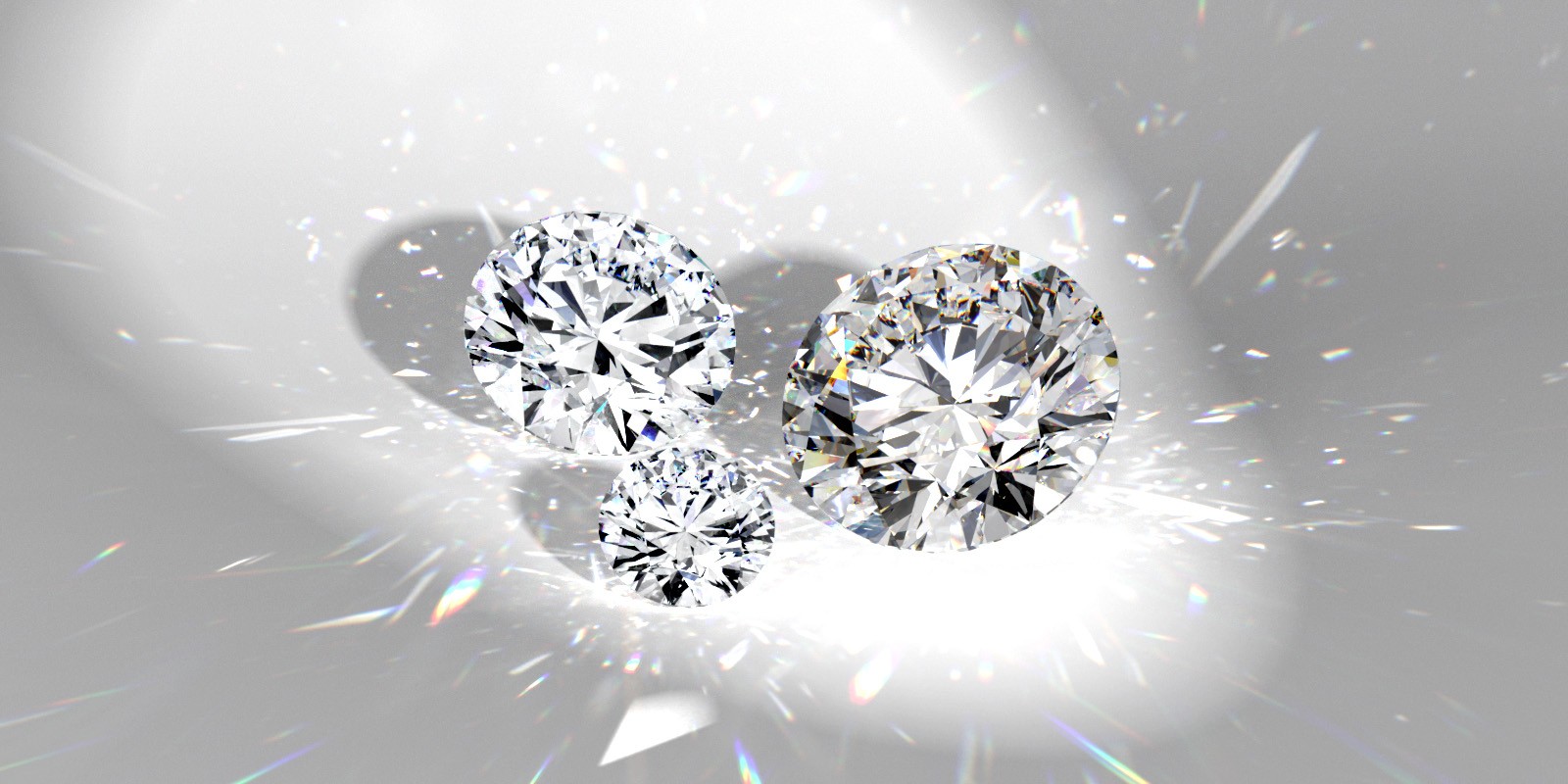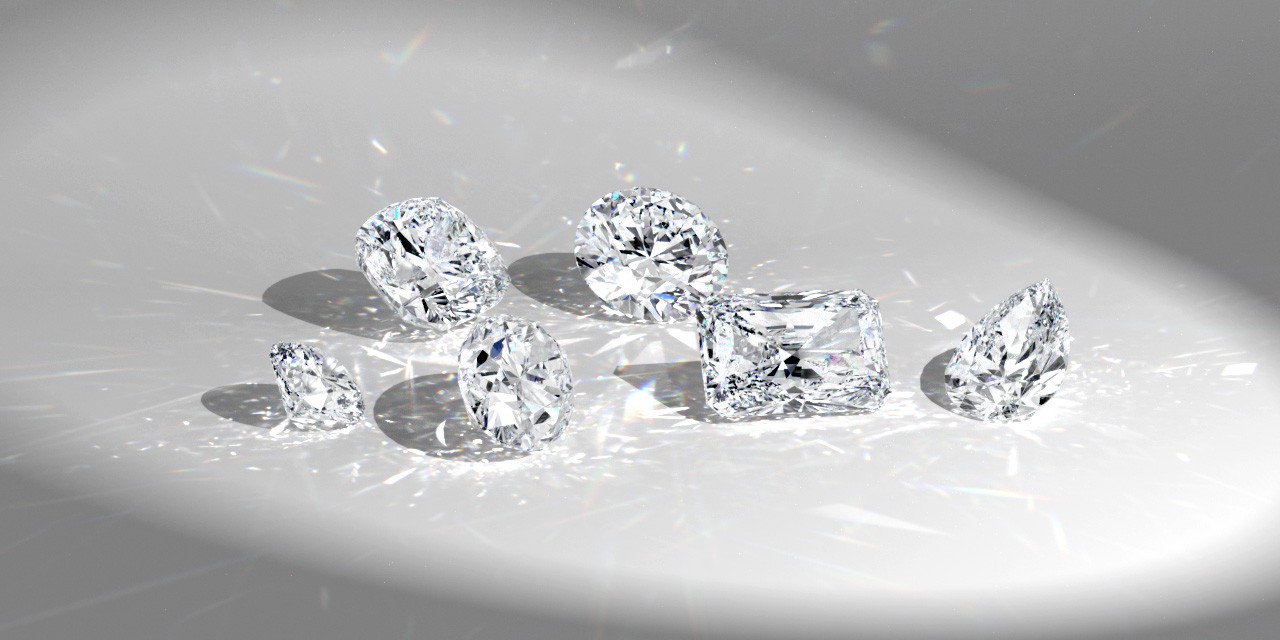All of the 4C's are important. Which will be the most important depends on your preferences. If a super sparkly diamond is imperative for you, cut will be the most important.
Color, Clarity, Cut and Carat Weight are collectively called the 4Cs of diamond quality. Color measures a diamond’s absence of color. Clarity considers a diamond’s inclusions and blemishes and how they affect its appearance. Cut describes the diamond's fire, brilliance and proportions. Carat weight is the measurement of how much a diamond weighs in metric carats.
Lab grown diamonds are certified the same way natural diamonds are. Gemological graduates at institutions such as the Gemological Institute of America (GIA) and the International Gemological Institute (IGI) determine the 4 C's (cut, color, clarity, and carat grades) of individual gemstones before providing a physical or digital report.

While many confuse carat as a measurement of physical size, it is actually a measurement of weight used to describe diamonds and other gemstones. One carat equals 0.2 grams.
As one of the four factors that describe and determine a diamond’s quality and value, carat should not be confused with ‘karat,’ a unit used to measure the purity of gold.
Diamond color refers not to the presence of color within a diamond but to the absence or lack of it. As one of the 4 C's used to describe and determine diamond quality, it is an important factor in a diamond's appearance and value. A technically perfect diamond, like a drop of pure water, is colorless.


Clarity is the absence of internal inclusions and surface blemishes on a diamond. It's one of the four factors that describe and determine a diamond's quality and value.
The Clarity Scale developed by the Gemological Institute of America (GIA) rates diamond clarity from Flawless to Included. Professionals use specialized equipment to assess a diamond under 10x magnification, which allows their expert eyes to examine any imperfections — or lack thereof — up close. Once assessed, the clarity of the diamond is graded and added to the official certification report.
It's important to remember that while a diamond may have inclusions or blemishes, these imperfections may not be visible to the untrained, unaided eye. Diamonds with inclusions or blemishes that aren't visible to the naked eye are called 'eye clean.'
As one of the 4C's used to describe and determine diamond quality, cut references how well a diamond's facets interact with light. Though it's often confused with shape, which refers to the external outline of a diamond (such as round, oval, or pear), cut is actually responsible for a diamond's ability to transmit light and sparkle. Precise artistry and craftsmanship are required to cut a diamond so that its proportions, symmetry, and polish deliver maximum light return and stunning shine. The better a diamond is cut, the more sparkly it will be.
Please note that these are the highest possible cut, polish and symmetry grades for a diamond:
IGI Certified Round Diamonds - IDEAL EX EX
GIA Certified Round Diamonds - EX EX EX
IGI Certified Fancy Diamonds - EX EX
GIA Certified Fancy Diamonds - EX EX
Please note that IGI EX EX EX diamonds are not equivalent to GIA EX EX EX diamonds. IGI’s EX EX EX is equivalent to GIA VG EX EX.
However, it is important to note that both GIA and IGI give out “Excellent” as the highest grade for Polish and Symmetry. Cut, Polish and Symmetry are three different grading criterias.

All of the 4C's are important. Which will be the most important depends on your preferences. If a super sparkly diamond is imperative for you, cut will be the most important.
Yes, lab grown diamonds have the same inclusions as natural diamonds do, though they may be referred to by other names on certifications than natural diamond inclusions (example: a lab diamond certification may list an inclusion as a ‘growth remnant’ rather than an ‘inclusion’).
Lab grown diamonds, or man-made diamonds, do not inherently become cloudy. High-quality lab grown diamonds are as clear and brilliant as natural diamonds.